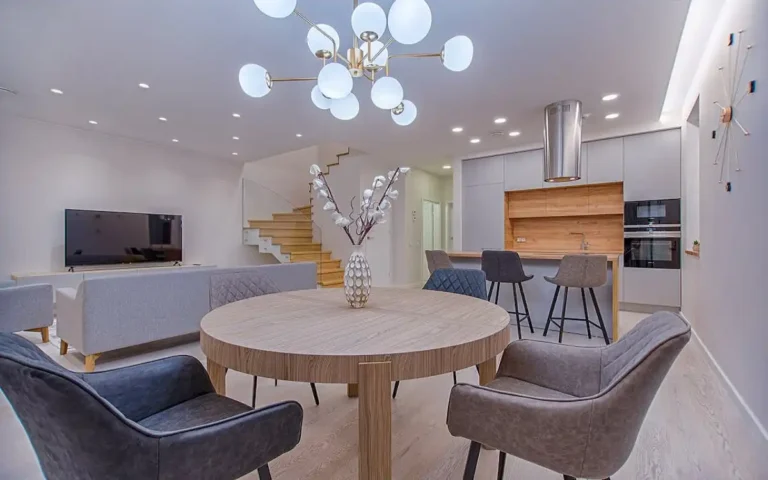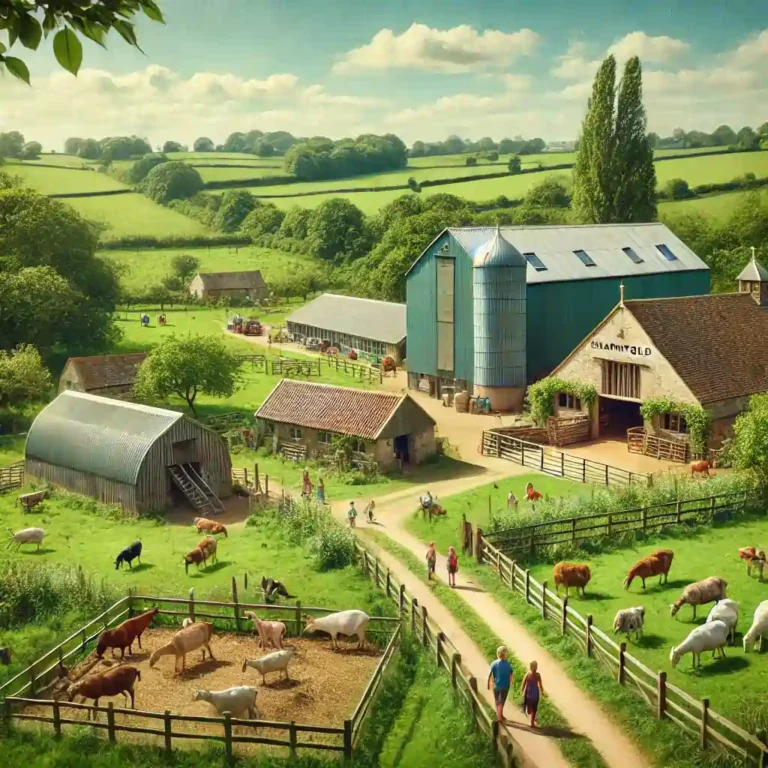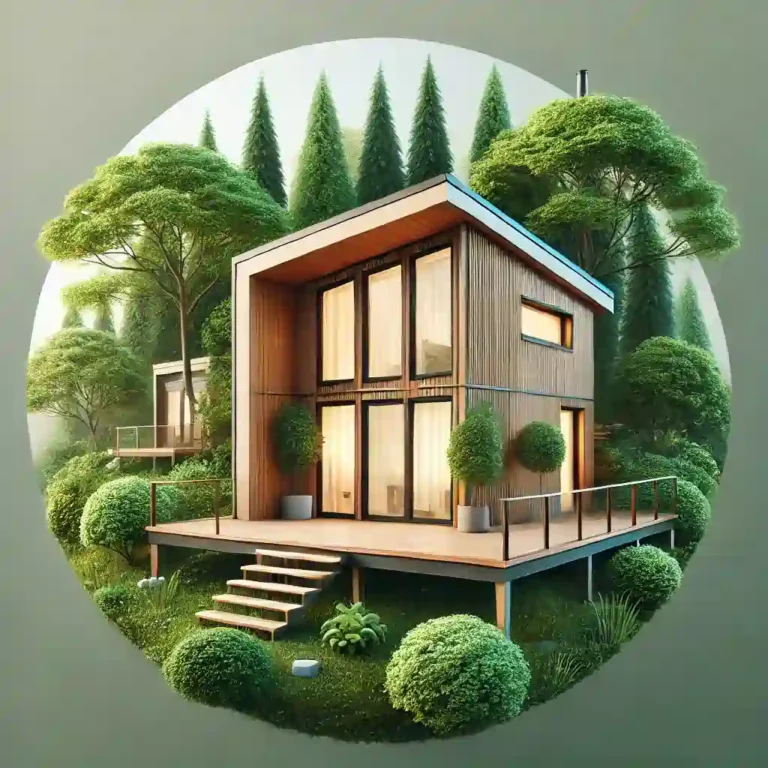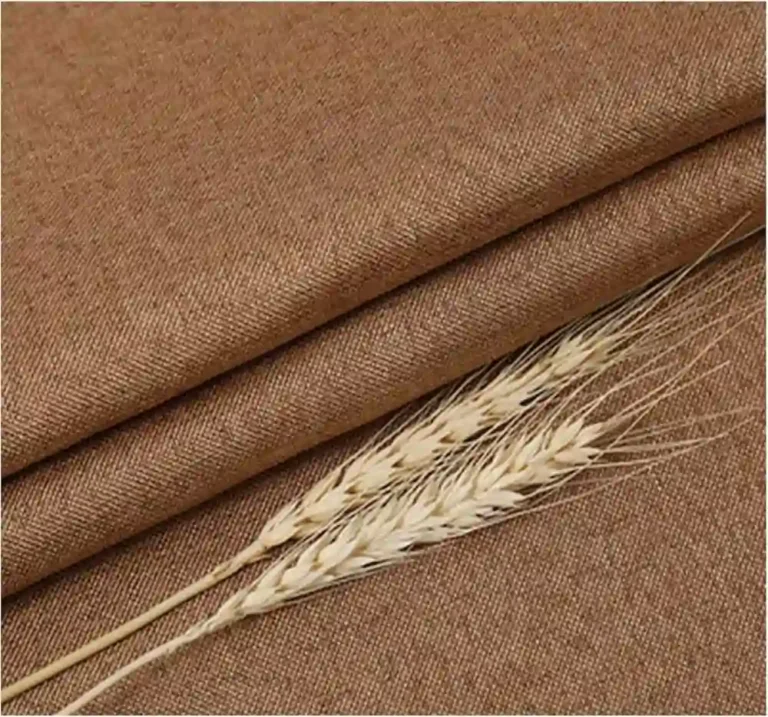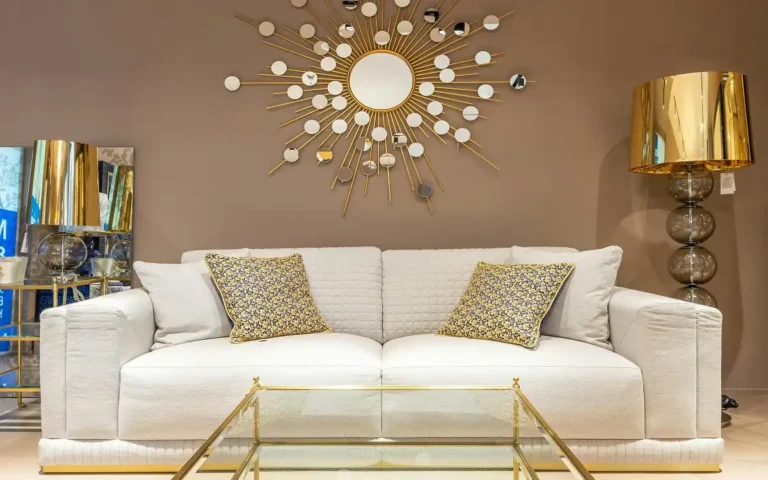Art Nouveau Interior Design: A Timeless Celebration of Nature and Elegance(2025)
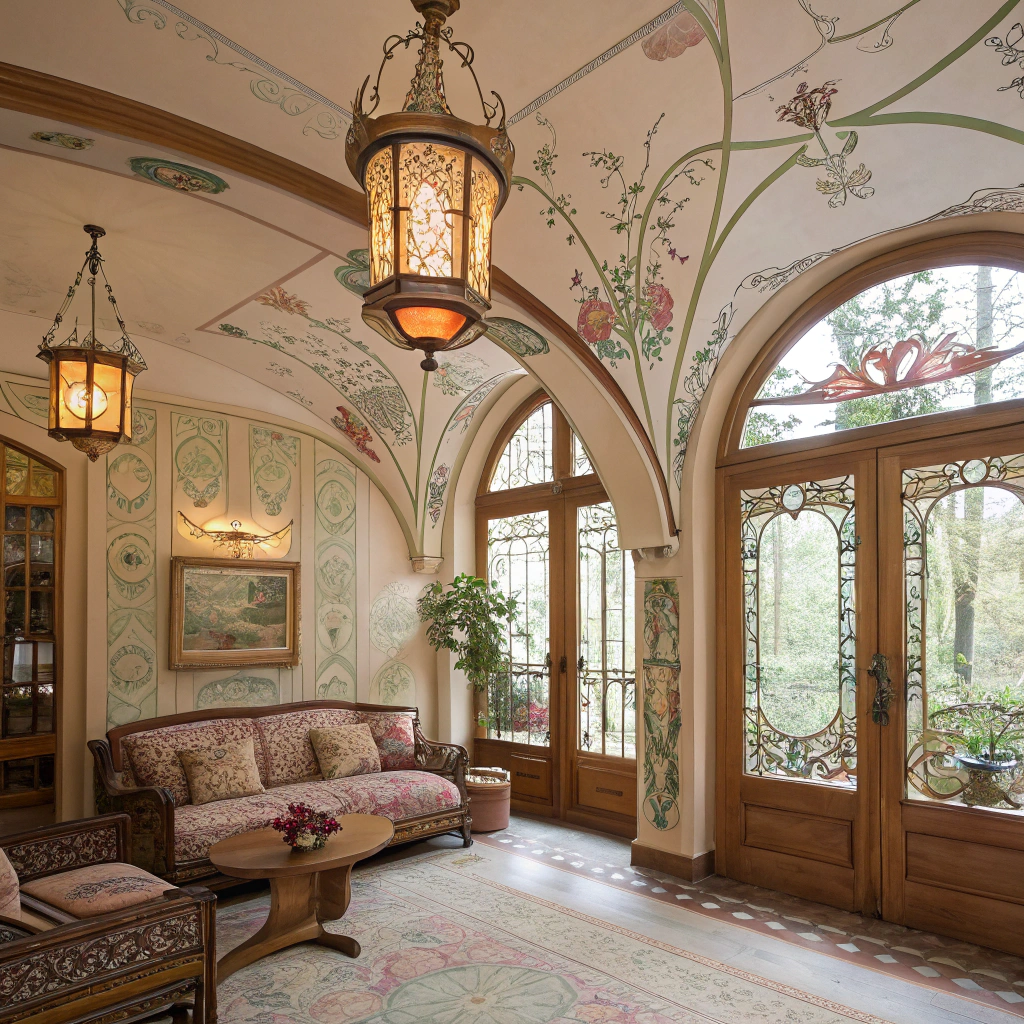
Art Nouveau interior design is a captivating style that emerged in the late 19th century as a response to the industrial revolution’s mechanical ethos. It embraces organic forms, flowing lines, and intricate decorative elements inspired by nature. This design movement creates interiors filled with harmony, softness, and artistic beauty, combining craftsmanship with modern elegance.
What is Art Nouveau Interior Design?
Art Nouveau interior design is characterized by the use of sinuous, asymmetrical lines that mimic the curves and shapes found in the natural world. The style integrates architecture, furniture, and décor into a cohesive artistic whole, emphasizing fluidity, movement, and unity.
Key materials include stained or etched glass, carved wood, and decorative metals such as brass and copper. Floral and botanical motifs—like vines, irises, dragonflies, and peacock feathers—are common decorative themes that infuse spaces with life and charm.
Signature Features of Art Nouveau Interiors
- Flowing, Curved Lines: Furniture and architectural details emphasize sweeping, organic curves instead of sharp angles or symmetry.
- Nature-Inspired Motifs: Stylized flowers, leaves, and insects are prevalent in wallpapers, upholstery, metalwork, and lighting.
- Innovative Materials: The style often highlights craftsmanship in glassmaking, metalworking, and wood carving, using materials in new and expressive ways.
- Asymmetry: Unlike traditional design styles, Art Nouveau embraces visual movement with asymmetrical arrangements and furniture layouts.
- Soft, Earthy Colors: Palettes lean toward muted greens, ochres, soft blues, greys, and warm neutrals accented with jewel tones or metallic finishes.
Art Nouveau Interior Spaces
Living Rooms
Living rooms decorated in Art Nouveau style typically feature mural walls or stenciled friezes that extend floral themes from ceiling to floor. Furniture pieces such as curved sofas, asymmetrical side tables, and ornately carved mantelpieces reflect the style’s organic nature.
Dining Rooms
Dining tables are often oval or softly rectangular, paired with chairs that have narrow backs with botanical cutouts. Buffets with glass-paneled doors and sculptural lighting fixtures with blown glass shades enhance the artistic atmosphere.
Bedrooms
Bed frames and headboards exhibit high, rounded silhouettes often upholstered with floral textiles. Asymmetry is embraced with a lamp on one side and a pedestal table on the other, maintaining the natural flow of design. Wardrobes and vanities mirror the curves and shapes found in the surrounding walls.
Bathrooms and Kitchens
Though these rooms tend to be more utilitarian, Art Nouveau elements find their way into curved cabinetry edges, oxidized brass hardware, tiled borders with botanical designs, and pedestal sinks with organic metal fixtures.
Materials and Color Palette
- Glass: Stained, frosted, or etched glass windows and lampshades add lightness and vibrancy.
- Wood: Carved and polished hardwoods form the basis of many furniture pieces.
- Metals: Brass, copper, and iron are shaped into flowing forms for fixtures and trim.
- Textiles: Floral-patterned upholstery and rugs softly echo nature themes.
- Colors: Earthy tones like olive greens, muted rose, ochre, and blue-grey dominate, often highlighted with jewel tones and metallic accents.
How to Incorporate Art Nouveau in Modern Interiors
Modern homeowners can add Art Nouveau touches without overwhelming contemporary simplicity:
- Select statement pieces with sinuous curves or floral carvings.
- Use wallpaper or stencils with bold nature-inspired patterns.
- Introduce lighting fixtures resembling flowers or vines.
- Incorporate decorative metal accents with antique finishes.
- Choose textiles with botanical prints and harmonious color palettes.
Even small elements like curved curtain rods, asymmetrical rugs, or stained glass lamps bring authentic Art Nouveau charm to modern spaces.
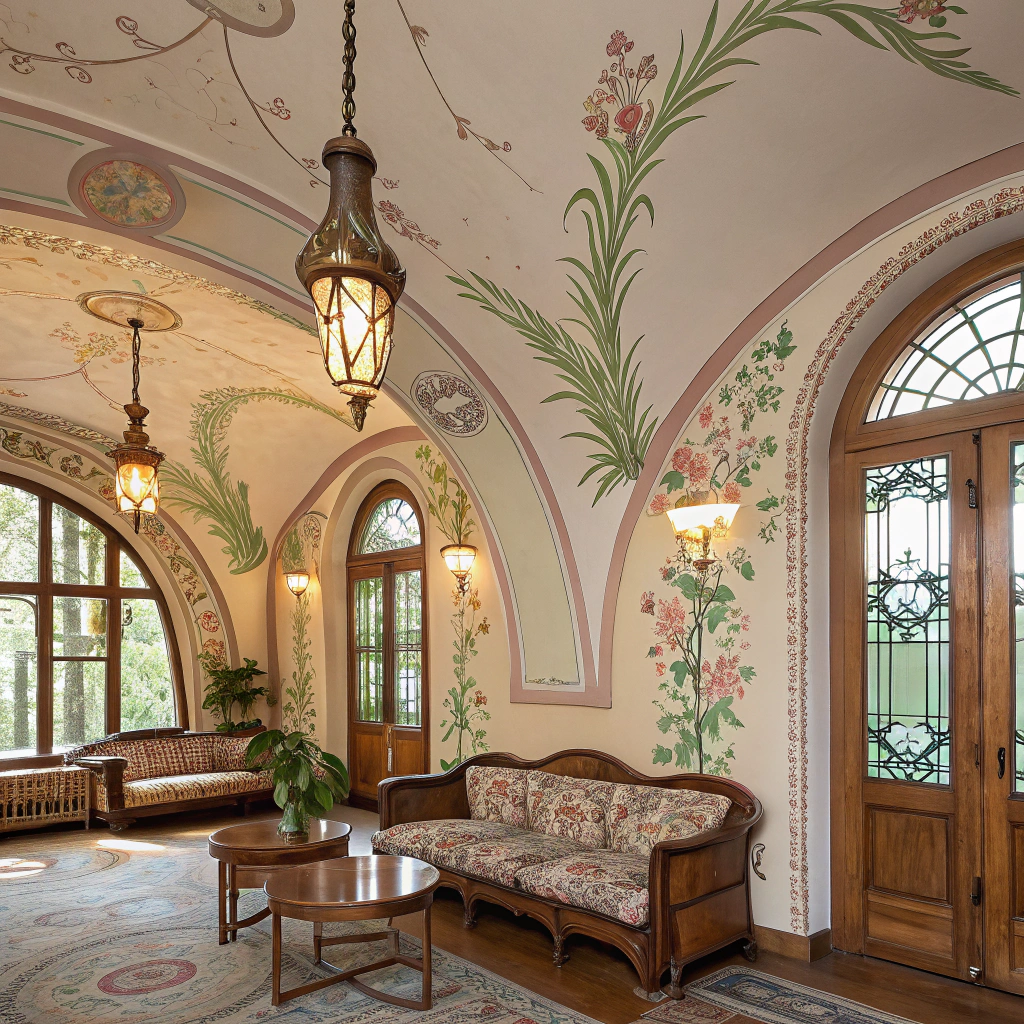
The Legacy and Influence of Art Nouveau Design
Modern Art Nouveau was more than a style; it was a movement that unified art, architecture, and design through nature’s beauty. It inspired pioneers like Émile Gallé and Hector Guimard, whose works reflect unparalleled craftsmanship and imagination.
This legacy endures in contemporary design through its influence on organic architecture, artisanal furniture making, and sustainable materials use. Even today, Art Nouveau’s emphasis on natural forms and artistic detail continues to inspire those seeking interiors that are both elegant and deeply expressive.
Visit Therelaxhome.com

